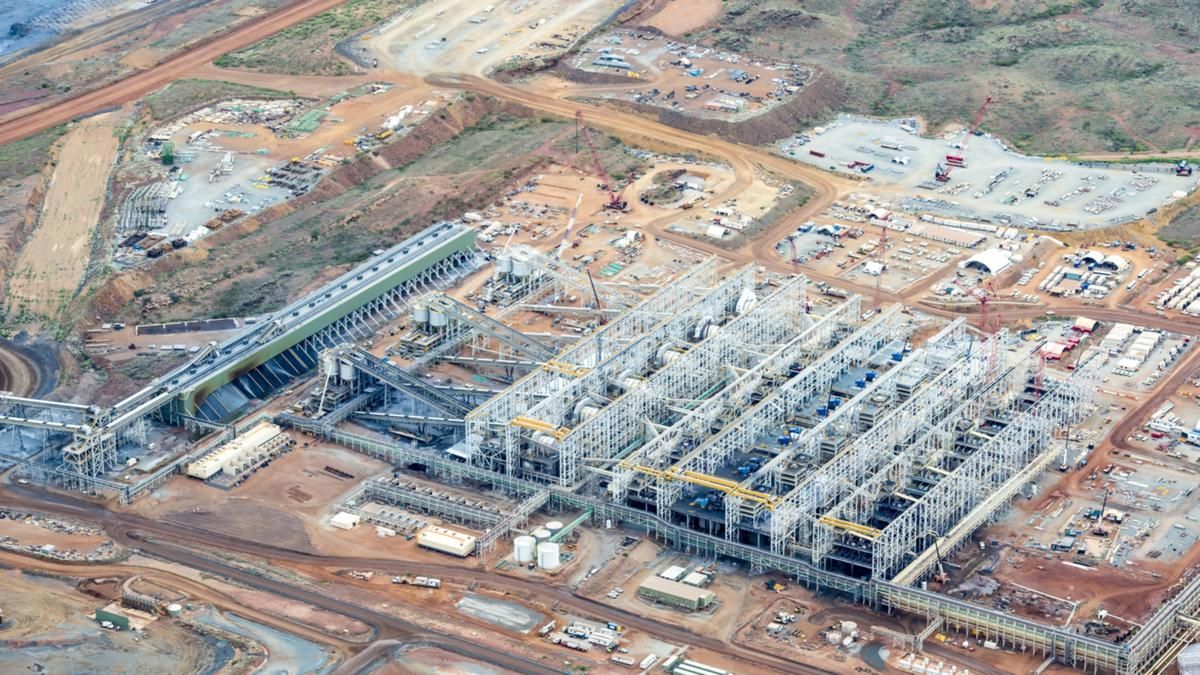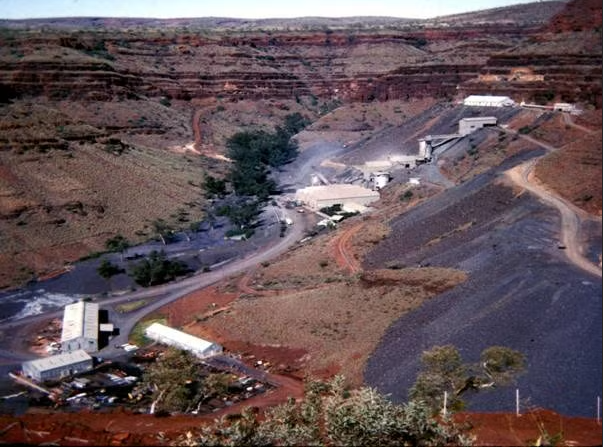Wittenoom Overview
The asbestos industry at Wittenoom, Western Australia, emerged in the early 20th century when extensive deposits of asbestos were discovered in the region. The town of Wittenoom quickly grew around the asbestos mine, becoming one of the largest asbestos mining and milling operations in the world. Throughout the mid-20th century, the Wittenoom mine supplied asbestos to various industries, including construction, shipbuilding, and manufacturing.
However, by the late 1960s, evidence of the severe health risks associated with asbestos exposure began to emerge, leading to increased scrutiny of working conditions at Wittenoom. Despite efforts to improve safety measures, concerns persisted, and the mine eventually closed in 1966. Today, Wittenoom stands as a haunting reminder of the devastating human cost of asbestos mining, with widespread asbestos-related illnesses among former workers and residents.

Key facts
-

The Wittenoom Tragedy In Summary
- Mining Asbestos at Wittenoom (Remote town in the Pilbara Region of Western Australia)
- In April 1943 Colonial Sugar Refinery (CSR) commenced mining Blue Asbestos at Wittenoom Gorge
- 31st December 1966 CSR closed its asbestos mining operations at Wittenoom claiming lack of profitability and falling of asbestos prices
- Approximately 7,000 men and women worked for CSR blue asbestos mining and milling operations at Wittenoom.
- Approximately 13,000 non-workers resided in the Wittenoom township i.e. women and children (7000 were children either born in Wittenoom or they arrived with their parents).
- To date more than 2000 of the workers and residents of Wittenoom have died from Asbestos Diseases.
-

Wittenoom Facts
- Existence of Crocidolite in Hamersley Ranges has been known since 1915.
- In 1923 a Ton of Blue Asbestos could fetch 80 Pounds Stirling in England.
- About 1925 Asbestos rush occurred in the Pilbara, however tyranny of distance and the terrain difficulties forced the prospectors to sell their claims to speculators.
- In 1939 the Late Mr Hancock and his associates constructed primitive Asbestos Crushing Plant on the site which became known as the Wittenoom Mill.
- In 1943 CSR purchased the Leases and primitive Mill structure from Hancock Syndicate (Messers Lang Hancock, Wright & Warren).
- Mr Lang Hancock became Superintendent of the Blue Asbestos Mining and Milling operations.
- The company was incorporated on the 17th of April 1943 and continued its operations of Asbestos Mining and Milling at Wittenoom and Colonial Gorges until 30th December 1966.
-

Wittenoom Operations
- CSR and its subsidiary ABA operated 2 mines and Infrastructure at Wittenoom from 1943 to 1966.
- The processed Blue Asbestos fibre was transported to Point Samson on open trucks.
- The Blue Asbestos fibres were stored in sheds at Point Samson and loaded onto Ships.
- About half of the Blue Asbestos fibre production at Wittenoom was sold to overseas interest and the rest was used in Australia.
- To accommodate the Mine and Mill workers, tents were erected approximately a kilometre from the Mill.
- Staff and other more important employees were accommodated in a small estate of 13 houses about 600 metres from the single men’s tents.
- Offices and the company store were located between the single men’s tents and the housing estate.
- Up to 1947 there were up to 200 Miners and Mill workers employed to carry out the Milling and Mining Operations.
- To increase the production of asbestos fibre CSR approached the WA Government for assistance to establish a town 7 miles from the Mining and Milling Operations to accommodate additional workforce.
- The WA Government agreed to supply all housing requirements, a school, post office, hospital, police station, water supply and to bitumise the seven mile road connecting the town with the mine.
- CSR agreed to provide hotel, general store, butcher, bakery, cafeteria, library, café and employees amenities building and accommodation for 100 single men.
- The building commenced in 1947.
- Wittenoom Population
- During the asbestos mining and milling operations the population of the town of Wittenoom was around 20,000 which included workers, wives, children including numerous service providers like bank, police, post office, hotel staff, shire and medical.